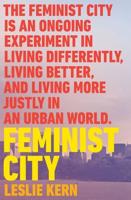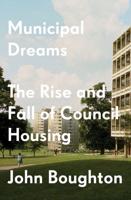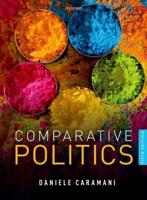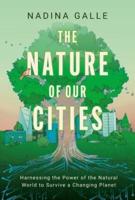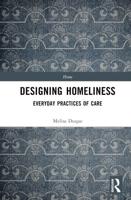Publisher's Synopsis
This book, by an architect and a sociologist, addresses the disconnect between the design of the built environment and social life and lays out a pathway for interdisciplinary engagement.
Through this scholarly collaboration, the authors create a new interdisciplinary orientation and methodology, termed SOCIOARC, that recognizes the relationship of the built form and aesthetics to social experience. Shifting between the architectural and sociological imaginations, it provides a strategy for rethinking the nature of the "objectives" of the research enterprise and the "objects" that designers create. This approach opens up the possibilities for design and sociology to together inform new and more just ways of making and occupying space. The first part of the book examines the methodologies and conceptual lenses of architecture and sociology in parallel. The authors then tether together complementary approaches to offer a new transdisciplinary practice for researching and designing the built environment. A collection of tried-and-tested exercises is provided to enable students and practitioners to employ this approach in their work.
Accessibly written and illustrated, this book will be an essential resource for undergraduate- and graduate-level students of sociology, architecture, urban design, landscape architecture, and planning, and all those interested in shaping a more just, equitable society through our built environment.


